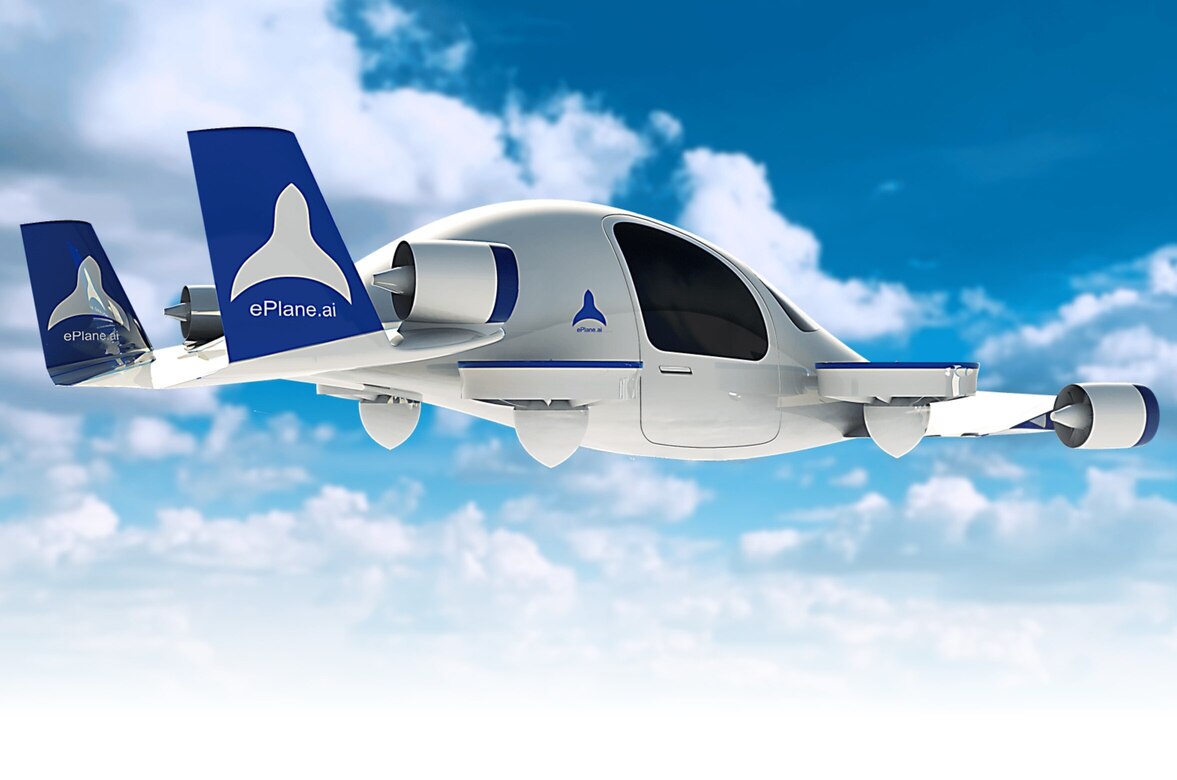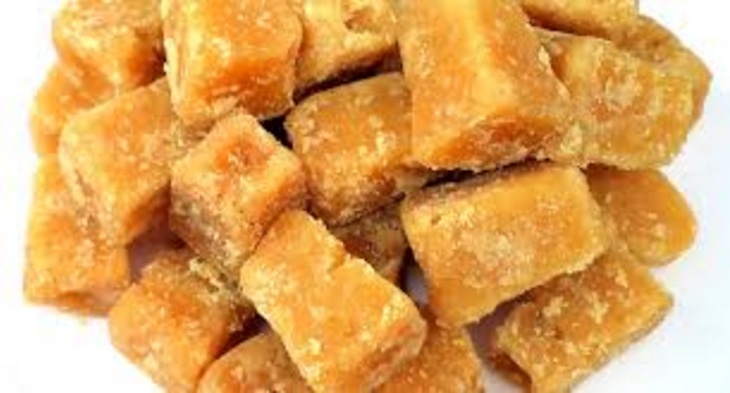
What is Cervical Spondylosis?
Cervical spondylosis is also known as cervical osteoarthritis or neck arthritis. It is a common disease which relates to growing age that affects our bones, joints and discs of neck. Cervical spondylosis occurs naturally and inevitably due to damage of the cartilage and bones present in our cervical spine, which is in our neck. Largely in growing age, the discs of the cervical spine gradually break down, lose fluid, and become harder. Cervical spondylosis usually occurs in middle aged and elder people between of 30 to 60. It may cause by other factors as well.
Cervical Spondylosis Causes and Risk Factors
Age is the major factor for causing cervical osteoarthritis or cervical spondylosis. There are discs between the spinal bones. These discs have cushioning effects like pads and absorb the shocks generated during twisting, lifting and other movements. The gel like material inside these discs can dry out over time. This dryness results in rubbing of bones causing severe pain. The ligaments and space bone gets thicker resulting in the encroachment of spinal canal space. The delicate areas of spine such as nerves and spinal cord get pressed by these extra bones, causing severe pain. This problem can begin in most of the people around the age of 40.

The spinal discs can develop cracks, which allow leakage of the internal cushioning material. This material can press on the spinal cord and nerves, resulting in symptoms such as arm numbness and sciatica.
Previous injuries to the neck might be another major factor for cervical spondylosis. The neck can be under extra pressure in case of people belonging to special occupations, such as gymnastics, athletics etc. Development of spinal changes can also be caused by poor posture resulting in cervical spondylosis. If you had an injury to your neck, such as during a fall or car accident, this can accelerate the aging process.
Osteophytes (abnormal growth) may take place on neck bones because of disc degeneration. The abnormal growth thus results in narrowing of spinal column interior, or opening of end of spinal nerve. Such situation is called cervical spinal stenosis.
Normally Cervical spondylosis causes neck pain and stiffness. The tough cords connecting spinal bones can become stiffer with the passage of time. They affect the movement of neck, and makes it feel even more stiff. Even though cervical spondylosis is not progressive in nature but sometimes in severe condition corrective surgery is the only solution.
Genetic factors may also result in it, being overweight or inactive, smoking may also be the cause for it.
According to the Doctors, Cervical spondylosis is present in more than 80% of people over the age of sixty, although some people who do not experience symptoms.
Symptoms of Cervical Spondylosis
One common symptom of cervical spondylosis is pain around the shoulder blade. Bending neck backward, standing, sneezing, coughing, sitting may increase the pain. Pain in fingers and arms are also informed by patients. Some of the common symptoms are:
- Neck pain and stiffness
- Headache starts from neck
- Shoulder or arms pain
- Inability to bend the neck or turning the head, sometimes feeling strain while driving
- Grinding noise or sensation while turn the neck
One can get relief by proper rest and care. Morning and end of the day has been seen as the most problematic period.
Some of the symptoms of cervical spondylosis with myelopathy (pressurised spinal cord) are:
- Weakness in hands, arms, legs, Tingling
- Lack of co-ordination and difficulty in walking & running
- Abnormal reflexes
- Muscle spasms or cramp
- Poor control over bowel and bladder
Diagnosis of Cervical Spondylosis
Doctor diagnose by asking several questions regarding symptoms. A series of tests are conducted based on symptoms such as muscle weakness, reflex test, neck movement test etc. This diagnosis might also examine how the patient walks. All of this helps the doctor determine if the nerves and spinal cord of the patient are under too much pressure. The primary physician may treat the condition or refer the patient to an orthopaedic specialist for further testing.
If found positive nerve functioning and imaging tests are performed for diagnosis. CT scans, MRI can also provide more detailed images of neck and overgrowth of bone.
Treatment of Cervical Spondylosis
Main focus of Treatments for cervical spondylosis is to provide relief from pain with lower risk of permanent damage and helping to live a normal life. Usually Nonsurgical methods are proved to be more effective solution.
Physiotherapy
Physiotherapy is the most common way of treating it, it involves stretching exercises of neck and shoulder muscles.

Medications
The physician may prescribe some medicines which include muscle relaxants, such as cyclobenzaprine to treat muscle spasms, Narcotics, such as hydrocodone for pain relief, Anti-epileptic drugs, such as gabapentin to relieve pain caused by nerve damage, Steroid injections, such as prednisone to reduce the pain and inflammation of tissue.
Surgery
Surgery can be done if ones condition is critical and doesn’t respond to other forms of treatment. The source of pressure on spinal cord is is removed by surgery. Surgery can involve replacement of overgrowing bone, parts of neck bones, or replace with an implant of discs to give more room to spinal cord and nerves. Surgery is rarely necessary for cervical spondylosis. However, a doctor may recommend it if the pain is severe and it’s affecting the ability to move arms.
Home Treatment
In case of progressive stage of cervical spondylosis one can try a few things at home to treat it. Various pain relievers are available in the market. Use a heating pad or a cold pack on neck to provide relief from neck pain and stiffness and muscles spasms or cramp. Regular exercise or yoga helps to recover faster.
Use a soft neck brace or collar to get temporary relief. However, using a neck braces or collar for long period of time can make your muscles weaker.
Kindly Like Us , Share us and Comment.










